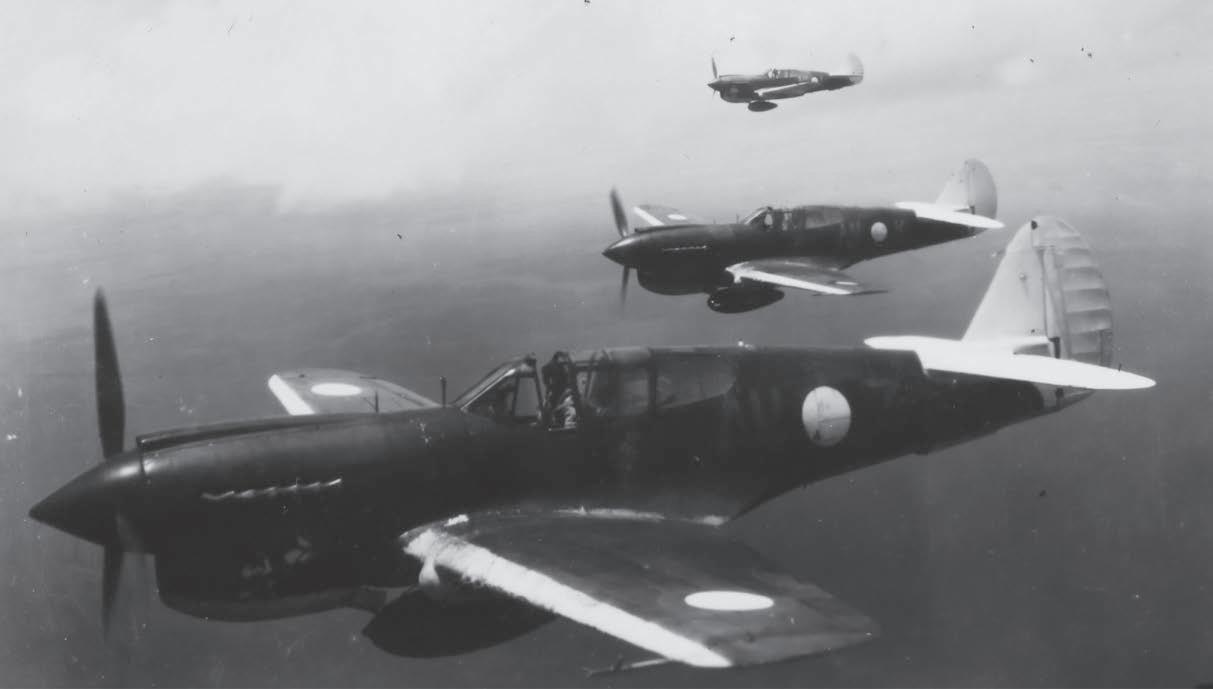Global
A New START for Arms Control Rintaro Nishimura / Political Science 2022
T
he New Strategic Arms Reduction Treaty (New START)—a bilateral agreement that constrains the US and Russia’s nuclear arsenals—expires in February. [1] Despite bipartisan support for an extension, President Trump has been adamant that the US will not accept Russia’s unconditional offer for a five-year continuance.[2][3] The administration is choosing instability over stability. Marshall Billingslea, the top US arms envoy, has even threatened to spend Russia “into oblivion” to win a nuclear arms race.[4] This flexing could have worrying spillover effects on the national security strategies of European and Asian countries.
26
Fall 2020
While the Cold War-era bilateral arms control regime is out of date, that does not warrant a withdrawal from New START. The US should extend the only remaining agreement between the two largest nuclear states to prevent an unchecked arms race.[5] The extension of New START should, as the name suggests, serve as a new start to update the arms control framework.
THE CHANGING SECURITY ENVIRONMENT New START took effect in 2011 after the original START expired in 2009.[6] START proved successful, reducing American and
Russian strategic nuclear arsenals over eighteen years. After several attempts to replace START with a new treaty for further reductions, the Obama administration signed New START. Among other things, the updated agreement restricted both sides to 1,550 deployed strategic warheads (the part that contains explosives), roughly one-fourth of what the original allowed.[7][8] To keep both sides in the agreement, New START loosened conditions on how to reduce warheads; specifically, it adopted a limit on the aggregate number of warheads instead of individual limits for different types of weapons.[9] Through these agreements, the US and Russia can verify each other’s capabilities.
nupoliticalreview.com











